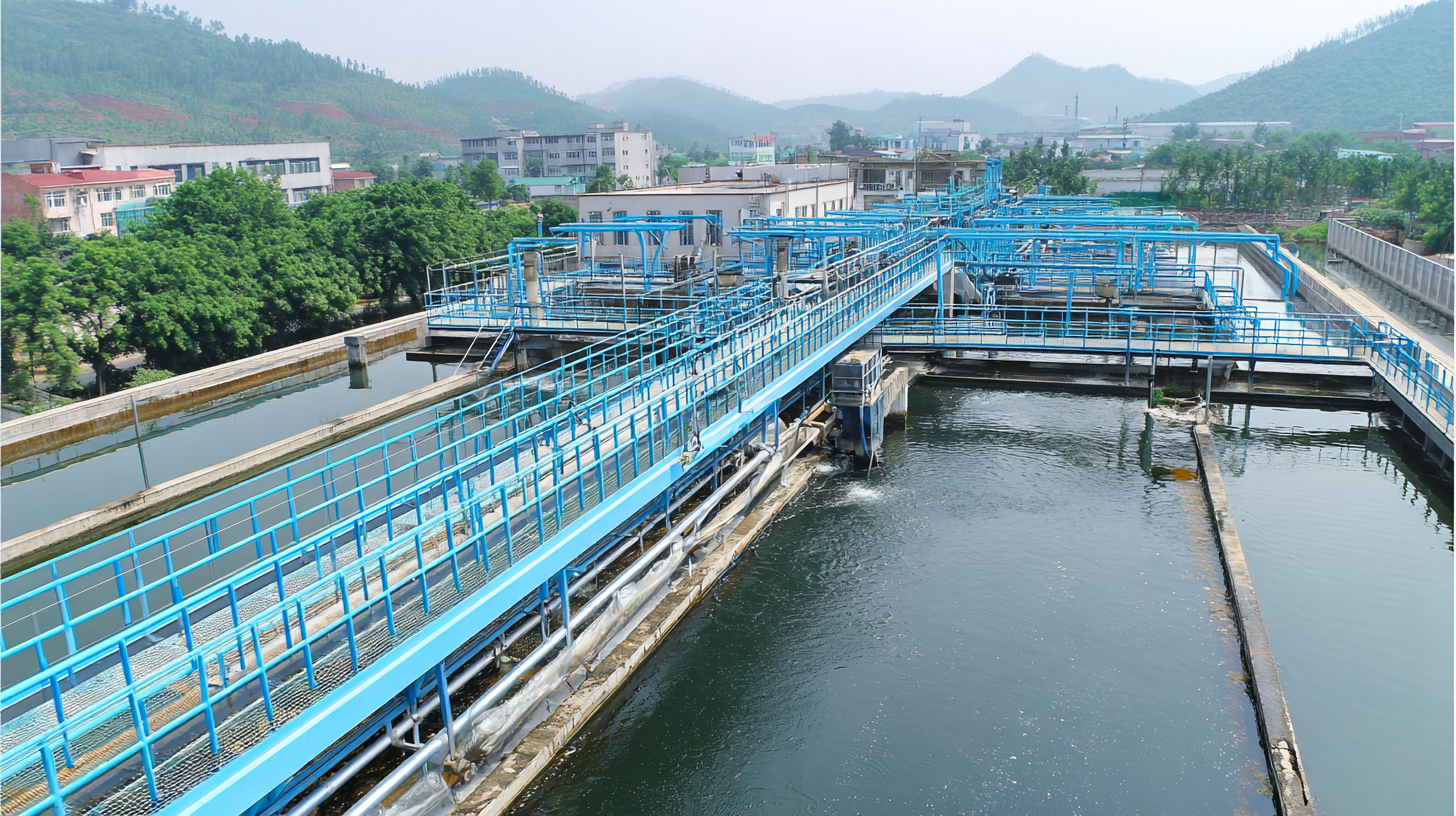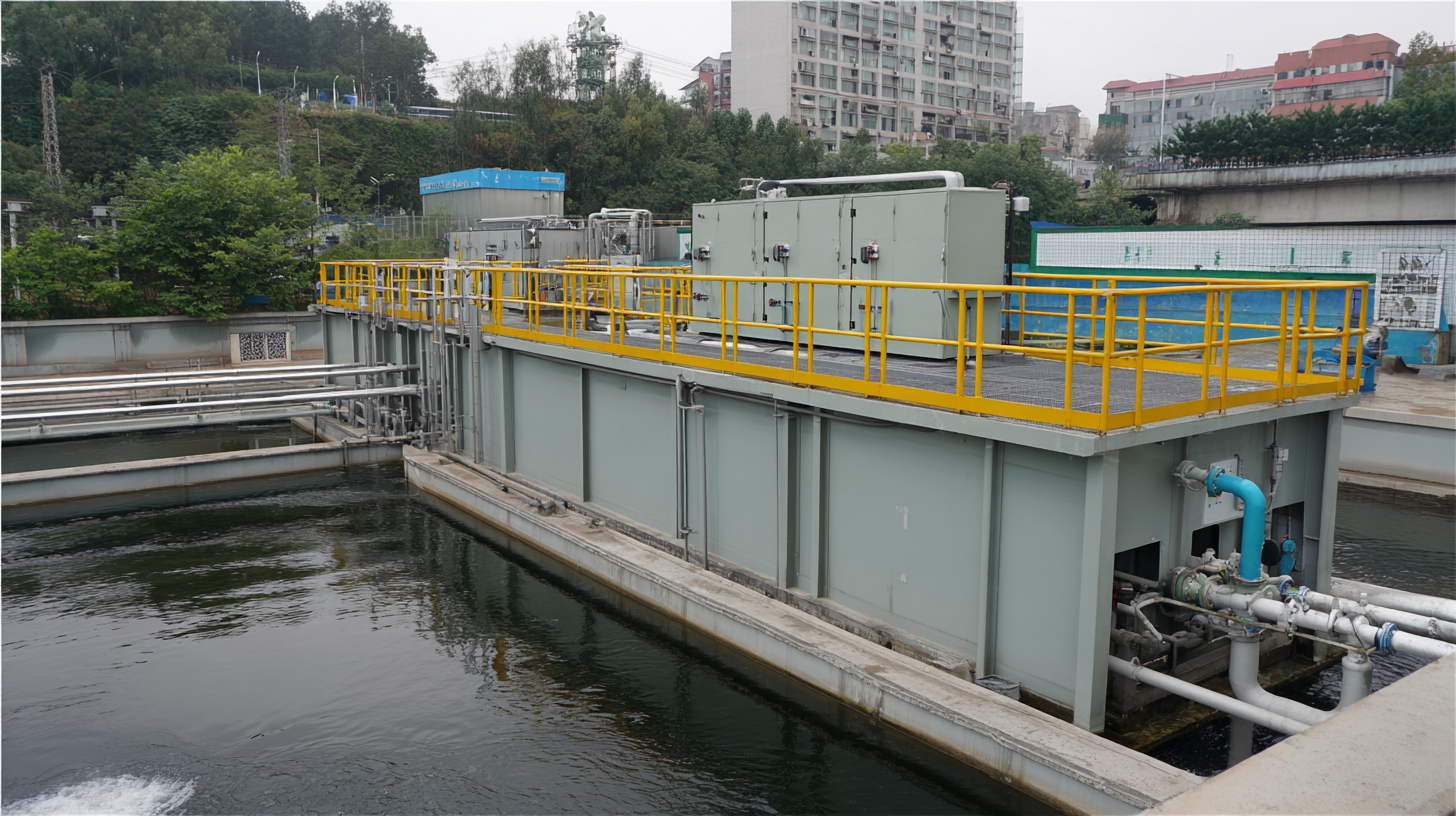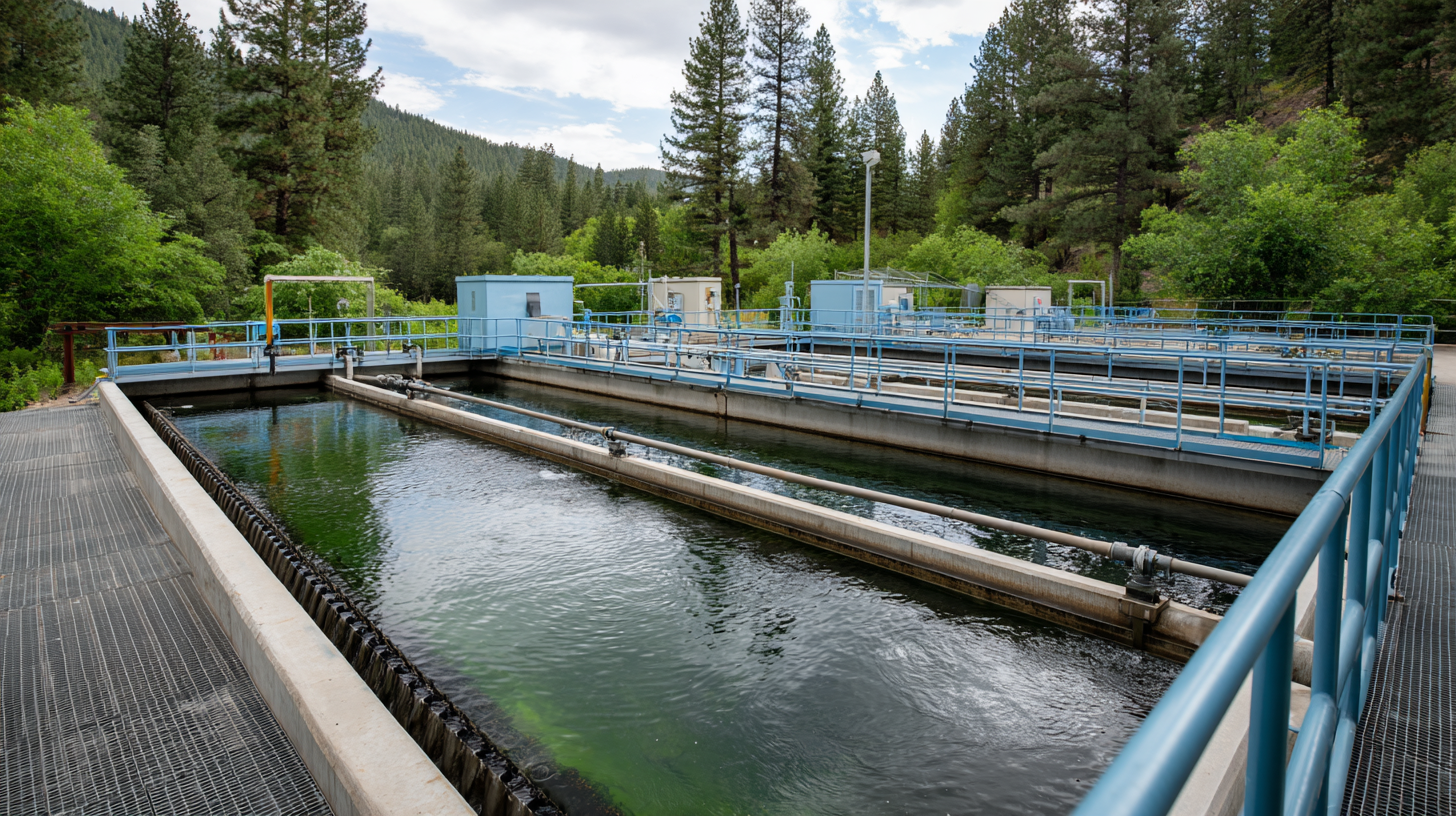In recent years, the need for efficient and effective wastewater treatment solutions has become more critical as industries grapple with stricter environmental regulations and the rising costs of conventional treatment methods. One of the standout technologies in this arena is the Dissolved Air Flotation System (DAF), which offers significant advantages over traditional processes. According to the Global Water Intelligence Report, the global DAF market has witnessed substantial growth, projected to reach $6 billion by 2025, driven by its superior ability to remove suspended solids, oils, and fats from wastewater. This innovative technology not only enhances treatment efficiency but also reduces chemical usage and energy consumption, making it an attractive option for industries ranging from food processing to manufacturing. As we delve deeper into the advantages of the best DAF systems for wastewater treatment, it is essential to examine both their capabilities and potential challenges to ensure optimal implementation and performance.

Dissolved Air Flotation (DAF) systems have emerged as essential tools in wastewater treatment, known for their capacity to efficiently remove solids, oils, and other contaminants. Understanding the key components and functionality of DAF systems is crucial for optimizing wastewater management processes. Typically, these systems operate by dissolving air in water under pressure, subsequently releasing microbubbles that attach to suspended particles, causing them to float to the surface for easy removal.
Recent advancements in DAF technology highlight its versatility and adaptability. Research indicates that factors such as salinity can significantly influence the air dissolution process, microbubble size distribution, and hydrodynamics within the system. This understanding paves the way for enhanced efficiency, particularly in treatments involving complex wastewater streams, such as those from paper mills or oil-contaminated water. Moreover, innovative integration of DAF with activated sludge systems has shown promising results in organic matter removal, with studies reporting impressive reductions in total suspended solids (TSS) and chemical oxygen demand (COD). As the demand for effective and sustainable wastewater treatment solutions grows, DAF systems are poised to play a vital role in shaping modern water treatment practices.
| Component | Functionality | Advantages | Typical Applications |
|---|---|---|---|
| Air Saturation Tank | Saturates water with air under pressure | Increases efficiency of flotation process | Used in various industrial wastewater applications |
| Dissolved Air Pressure Regulator | Regulates pressure to maintain saturation | Ensures consistent performance and reliability | Municipal wastewater treatment systems |
| Flotation Cells | Separates solids from liquids via buoyancy | Highly effective for removing suspended particles | Dairy, meat processing, and textile industries |
| Scum Collector | Removes floated materials from surface | Promotes clean effluent and reduces odor | Organic waste treatment in various sectors |
| Effluent Collection Chamber | Collects treated water for further processing | Facilitates easy discharge or recycling of water | Recycling and reuse operations in industries |
Dissolved Air Flotation (DAF) systems have become a cornerstone in modern wastewater treatment, offering a variety of advantages over traditional methods. One of the primary benefits is their efficiency in removing suspended solids. According to a study by the Water Environment Federation, DAF can achieve a removal efficiency of up to 90% for suspended solids, which is significantly higher than conventional sedimentation processes. This remarkable performance is particularly beneficial for industries that deal with high levels of oil and grease, such as food processing and petrochemical sectors.
Another critical advantage of DAF systems is their ability to handle fluctuating wastewater flow and composition. The flexibility of these systems means that they can adapt to varying operational conditions without compromising treatment effectiveness. A report from the American Society of Civil Engineers highlights that DAF systems require less footprint compared to traditional technologies, making them ideal for urban settings where space is at a premium. Furthermore, DAF can significantly reduce chemical usage, leading to lower operational costs and a smaller environmental footprint, which aligns with current sustainable practices in wastewater management.
When evaluating the best dissolved air flotation (DAF) systems for wastewater treatment, it's essential to compare their features and efficiency ratings. Different systems employ unique designs and technologies, impacting their overall performance. Key features to consider include the type of flotation mechanism, tank design, and the materials used in construction. For instance, some systems utilize multi-phase flotation processes that enhance contaminant removal, while others may have advanced polymer injection capabilities that allow for a more efficient separation of solids and oils.

Efficiency ratings play a critical role in determining the best DAF system for specific applications. These ratings typically reflect the system's ability to remove suspended solids, fats, oils, and grease. Systems with higher efficiency ratings often demonstrate quicker response times and lower energy consumption, making them both environmentally friendly and cost-effective. Additionally, examining user feedback and case studies can provide valuable insights into a system’s reliability and overall performance in real-world scenarios, assisting operators in making informed decisions for their wastewater treatment needs.
Dissolved Air Flotation (DAF) systems represent a significant advancement in wastewater treatment technology, promoting environmental sustainability through their innovative processes. By utilizing microbubbles to separate solid contaminants from water, these systems efficiently clarify wastewater while minimizing chemical usage. This not only reduces harmful residues but also supports regulations aimed at lowering environmental impact. The integration of DAF systems leads to clearer effluent and provides a sustainable option for industries striving to enhance their ecological footprint.

Moreover, DAF systems play a key role in resource recovery by enabling the treatment and reuse of wastewater. Through a well-designed system, businesses can reclaim valuable water resources, which can be repurposed for non-potable applications, such as irrigation or industrial processes. This circular approach not only conserves water but also lowers operational costs, demonstrating how effective wastewater management can align with broader sustainability goals. With the rise in global environmental awareness, investing in the best DAF technologies has become crucial for industries committed to sustainable practices.
When selecting a dissolved air flotation (DAF) system for your wastewater treatment facility, there are several key considerations to keep in mind to ensure optimal performance and efficiency. First, assess the specific application needs of your facility, including the types of contaminants that need to be removed and the flow rates involved. Different DAF systems have varying capacities and removal efficiencies, so aligning these with your facility’s requirements is crucial.
Additionally, consider the design and configuration of the DAF system. Factors such as the hydraulic retention time, air dissolution process, and the material used in the construction can significantly impact the overall effectiveness and long-term durability of the system. It’s also important to evaluate the operational and maintenance demands to ensure you select a system that aligns with your facility’s capabilities and budget.
**Tips:**
1. Engage with manufacturers to understand the technological advancements in DAF systems, as newer models may offer reduced energy consumption and enhanced performance.
2. Don’t overlook the importance of staff training; ensuring your team is well-equipped to manage and operate the DAF system can greatly affect its efficiency and longevity.
